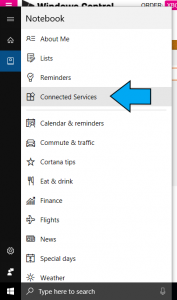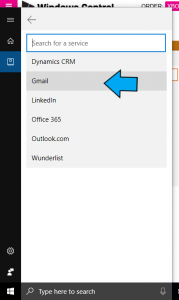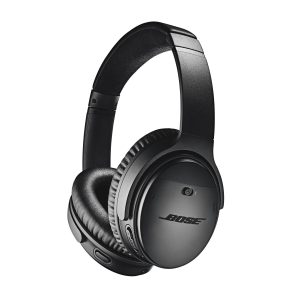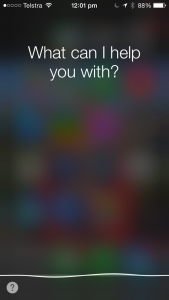Hey Cortana! You can work with GMail
Article
You can now connect Gmail to Cortana for calendar, mail, and contact support | Windows Central
My Comments
Some of you may just use GMail simply as another Webmail account but you can have client-side access to it from certain email clients like Windows Mail, Outlook or your Android email client. Here, if you are using Windows Mail for example, you may find that you could have Cortana work your account from their simply by adding it to the list of accounts your Windows Mail installation works with.
But you may also just use the Web-based user interface for your GMail account and simply use it also as a contacts and calendar storage for your Android phone, especially if you do upgrade your phone frequently.
Here, you can create a direct link between Cortana and your GMail account so you can summon her for information from that account. This can be of importance if you buy the Harman-Kardon Invoke smart speaker which is powered by Microsoft’s Cortana voice-driven personal assistant.
To do this, open Cortana on your Windows 10 computer and click on the Notebook icon. Then click on Connected Services in the menu that pops up. Select “Add a service”, then select “GMail”. Here, you will be asked for your Google username and password that you operate your GMail account with. Enter these credentials and Google will then ask you whether you want to allow Cortana access to your account. Once you assent to this, your GMail details are available to Cortana.
This will become more of a trend as an increasing number of social networks, Webmail services and the like provide the necessary “hooks” to allow the various voice-driven personal assistants to work with their services.





